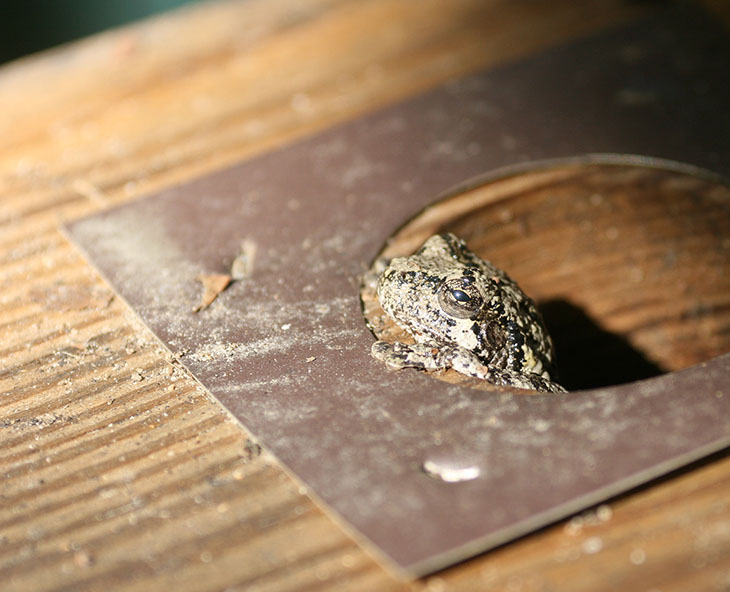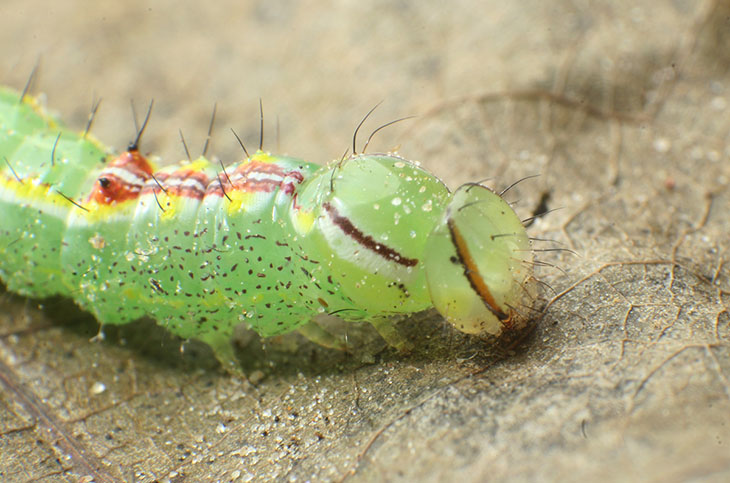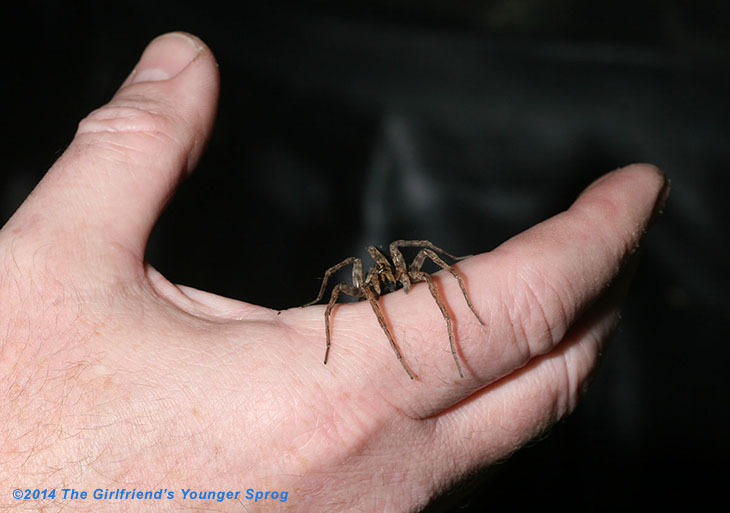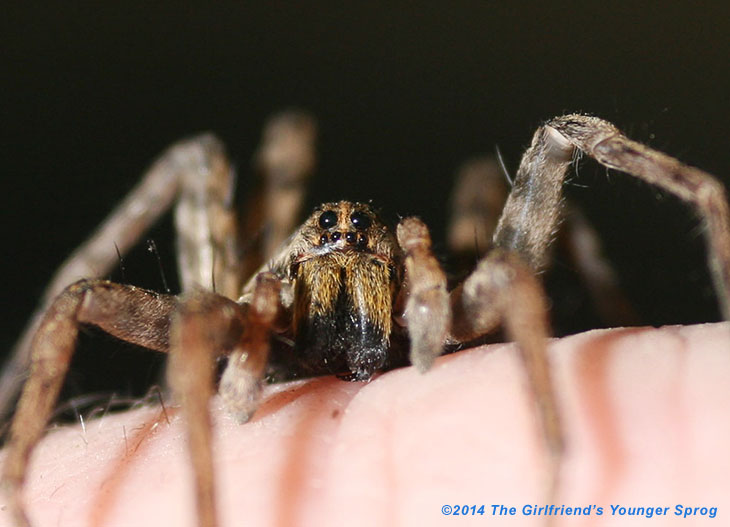
Just a handful of recent images, incorporating both ‘found’ and ‘planned’ photos – nothing deep to be found here. Above and below, a grey treefrog (either Hyla versicolor or Hyla chrysoscelis) was found squatting in one of the bluebird boxes one midday, to my surprise in a position that provided the full view of the autumn sun, now noticeably lower in the sky even at noonish. Though this is at least the third I’ve seen on the property, in my experience treefrogs don’t pick a particular ‘home,’ but will wander around and find shelters of opportunity – they may be seen a few times over in a particular sleeping spot, but have no qualms about switching it for another. In the next couple of days following these images, this one did not return to the bluebird box.

Which brings up a good place to mention the aftermath of the post about the flying squirrel. The following day, I kept spot checking the box she had chosen for her nest, from a distance, but never saw the faintest signs of activity. Eventually, late at night, I chanced a quick look inside the box, to find that she had abandoned it, taking her choice nesting material with her. I can only guess that all her peeking out during the previous afternoon was her way of determining that this was an unsafe place to raise the kids (still unsure whether they had been born yet or not.) This is often the difficulty with photographing species in the wild, even the semi-urbanized ones: your presence can be noted and considered too much of a threat, and no matter how long a lens you might be using, it can only magnify so much. Though I remained in the yard about 8-10 meters away, often partially hidden on the porch steps, she wasn’t inclined to stick around. Because of this, I wasn’t as motivated to put up the other bluebird boxes right away, and in the interim, one of them got this temporary occupant.
I was about to do some detail images of a triceratops beetle, and gathered some oak leaves to use as a backdrop. Riding along on one was what I believe to be a variable oakleaf caterpillar moth, um, caterpillar (Lochmaeus manteo) – the common name of some species comes from their larval form, so this is the larval (caterpillar) form of a species named the variable oakleaf caterpillar moth. I can’t help but think that they could have made this slightly more logical…

I hadn’t planned on using the caterpillar as a photo subject, but while it was right in front of me with the lights all set up, I figured, why not? Upon unloading the images, however, I saw a strange detail that made me go back out to try and produce in better detail.

The flash angle was just right it seems, and some portion of the internal anatomy became visible through the head of the caterpillar. Much as it might look like a brain, I have my doubts, since the brains of caterpillars – most arthropods – are exceptionally small, but then again, so is this; the entire caterpillar measured 22mm in body length, and 2.5mm across the width of the head. I have enough images from other angles to show that this really is internal, and not a trick of external shape or coloration, but none of my additional attempts brought out any better detail. The eyes, by the way, are that handful of little domes at lower left.
So, yeah, is anyone wants to tell me what I just got images of, I’d be delighted.
One of my other projects with the new house is putting in a pond – mostly decorative, but of course it will serve double-duty as a habitat for aquatic denizens except mosquitoes. In going out yesterday to evaluate what still needed to be done (a lot,) I discovered a largish wolf spider had gotten trapped within the plastic pond liner, unable to scale the sides. I enlisted The Girlfriend’s Younger Sprog’s help with the next two images, finally getting something that I’d tried to do earlier, not quite successfully:

Wolf spiders are very common throughout most of the US, and certainly around here, but very hard to pin down an exact species since it often takes a detailed look at the underside – we’ll stick with the family Lycosidae for now. This one was very reluctant to crawl onto my hand, given any other option, so I accomplished this by giving it none. I’ve seen them at least twice this size, but this was still a respectable specimen to try and overcome my lingering arachnophobia. Credit to The Girlfriend’s Younger Sprog – her arachnophobia is much more significant, and she had to get fairly close with the camera for these shots, especially the next one (although this is a tighter crop of the full frame):

I feel obligated to point out here that the spider was very well behaved while she sat on my hand – once coerced into climbing aboard, she remained largely motionless for the two minutes we spent getting photos, and was restrained no more than you see here. Spiders really don’t deserve the reputation that they have. So when I point out that you can see her fang resting against my finger, right there underneath the long ‘mustache’ that most spiders have, you can rest assured that this was only casual contact and nothing at all ever came of it.
In contrast, as I type this I am scratching at a couple of large weeping sores on my feet, the aftermath of an encounter with fire ants – it would appear that the red imported fire ant (Solenopsis invicta) can be found in this area now. I wasn’t absolutely sure about this until I caught one biting me the other day and examined its corpse, but the body color and style matches. One bite from these little fuckers, from just walking in their general vicinity in sandals, has done far more damage than every spider encounter I’ve had in my life, combined – yet I’m still not myrmecophobic in any way. And since a phobia is an irrational fear or distaste, it doesn’t really apply to fire ants anyway – they have earned the acrimony.




















































